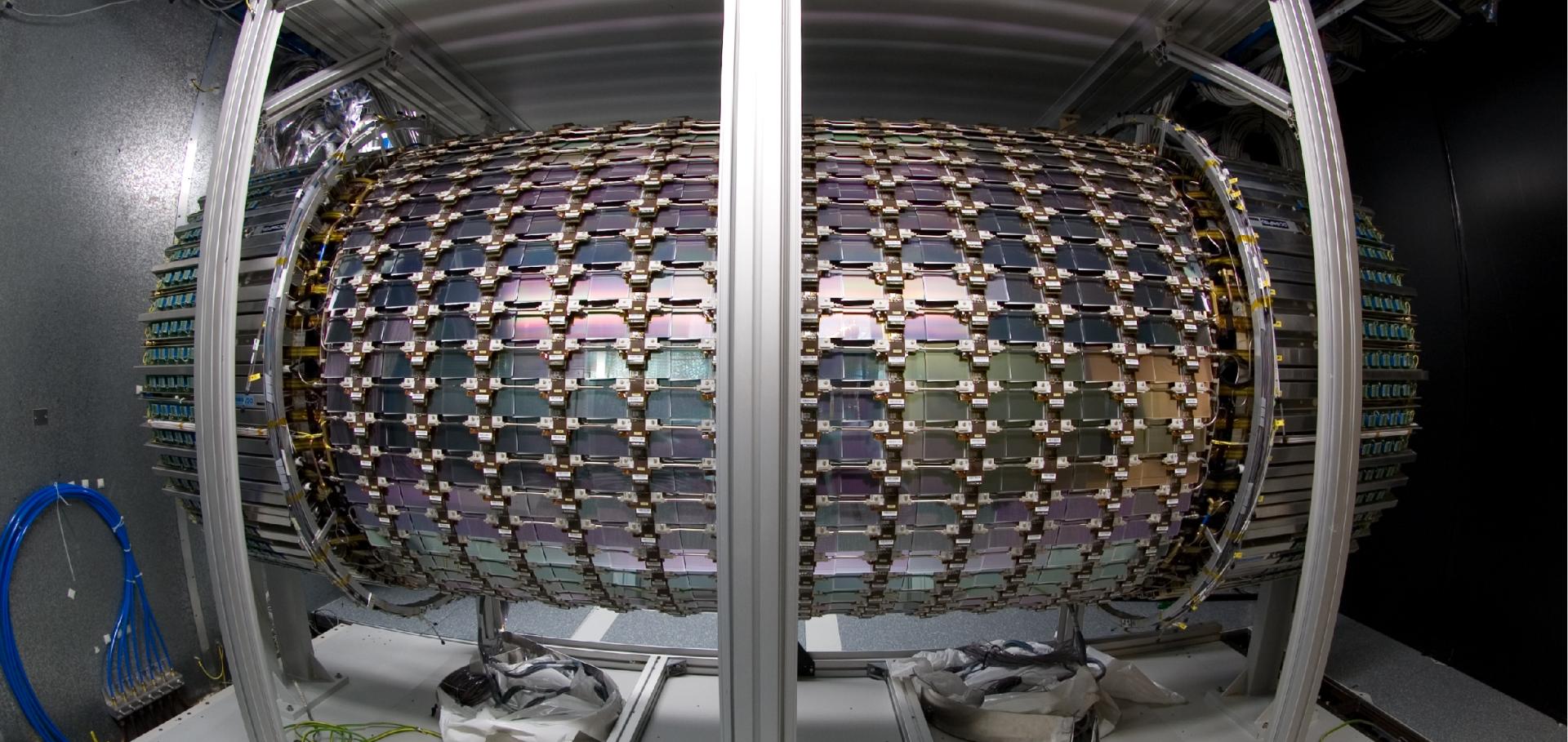The barrel modules of the ATLAS semiconductor tracker
Nuclear Instruments and Methods in Physics Research Section A: Accelerators, Spectrometers, Detectors and Associated Equipment A568 (2006) 642-671
Resonant Bond Wire Vibrations in the ATLAS SemiConductor Tracker
Nuclear Instruments and Methods in Physics Research Section A: Accelerators, Spectrometers, Detectors and Associated Equipment 538 (2005) 442-457
Irradiation studies for the ATLAS inner detector opto-electronic readout system for SLHC
Proceedings - 11th Workshop on Electronics for LHC and Future Experiments, LECC 2005 (2005) 311-315
Abstract:
We present measurements of the performance of Vertical Cavity Surface Emitting Lasers (VCSELs) after irradiating them up to 1.0E+16 n eq/cm2 and performance measurements of optical Step-Index-Multi-Mode (SIMM) fibres which were irradiated up to 140Mrad.The production of the ATLAS SCT optical links
Proceedings - 11th Workshop on Electronics for LHC and Future Experiments, LECC 2005 (2005) 299-303
Abstract:
The on detector optical links for the SemiConductorTracker (SCT) have been produced and the assembly of the services to the support structures is nearly complete. Most of the off-detector opto-electronics has also been produced and has been used to successfully read out modules assembled on Barrels and Endcap disks. Many problems were encountered during the production and these will be described. The lack of modularity in the system design has been a major disadvantage and some suggestions for a simpler and more modular system for the optical links for an upgraded tracker at the SLHC will be discussed.The Off-Detector Opto-electronics for the Optical Links of the ATLAS SemiConductor Tracker and Pixel Detector
Nuclear Instruments and Methods in Physics Research Section A: Accelerators, Spectrometers, Detectors and Associated Equipment 530 (2004) 293-310


